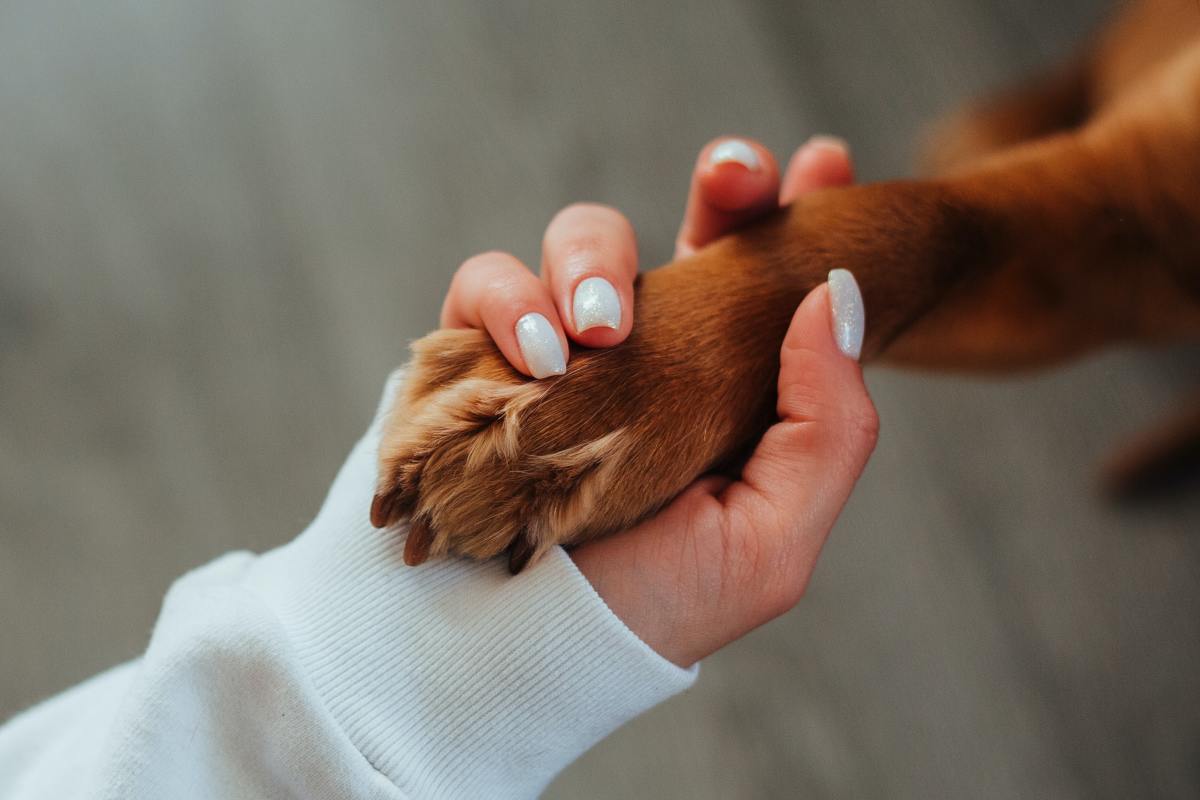A limp can look scary, but many dogs improve with careful home care. Simple steps like gentle checks, rest, and swelling control can help. At-home treatment focuses on comfort, safe remedies, and knowing when to call the vet. So here are a few tips on how to treat a limping dog at home.
Why Is My Dog Limping?
Dogs limp for many reasons. Some causes are minor, like a thorn in the paw. Others are more serious, like broken or dislocated joints. Strained or torn ligaments, tendons, or muscles are common reasons for limping. Some dogs limp after small accidents that need quick veterinary care.
For a deeper look at common causes, you can read this overview from the American Kennel Club.
If your dog starts limping for no clear reason and it lasts more than a day or two, please visit the vet. These tips help while you monitor the limp.
Step-by-Step: What to Do if Your Dog Is Limping
These simple checks match the first-aid steps many vets use.
- Check the paw for debris, thorns, cracked nails, cuts, or swelling. The RSPCA paw-check guide explains what to look for.
- Limit movement and keep walks short so the leg can rest.
- Apply cold therapy to calm swelling.
- Use a warm Epsom soak later in the day to ease stiffness.
- Call your vet if the limp worsens or does not improve within two days.
Rest and anti-inflammatory medication are common first steps when the problem is mild, such as a strain or sprain.
What Can I Give My Dog for Limping?
Please avoid human painkillers. Many over-the-counter NSAIDs are dangerous for dogs. This includes ibuprofen and aspirin. The FDA explains these risks.
Ask your vet about safe options. Amantadine is one medication sometimes used for dogs. It can reduce discomfort and swelling. Your vet will decide if it is suitable.
Home Remedies to Reduce Swelling
You can soothe mild swelling at home with the steps below. These follow advice from trusted veterinary sources.
- Warm Epsom soaks to ease tightness and improve circulation
- Gentle drying with a clean towel
- Safe antibiotic ointments like neomycin or bacitracin; please ask your vet first
- Ice packs for 15 minutes twice a day
For more details on home care, see VCA’s first-aid guide for limping dogs.
Dog Limping but Not in Pain?
Some dogs limp without strong signs of pain. This can happen with mild strains or early joint changes. Monitoring the limp and contacting your vet is the safest approach. You can learn more about mild limps in this overview from Cornell’s Canine Health Center.
How Can I Comfort My Dog in Pain?
- Give your dog a soft and warm resting area. A comfortable space helps him relax.
- Offer gentle affection. Dogs settle faster with calm contact.
- Use tasty food or favourite toys to boost his appetite and help him feel secure.
- Pick healthy snacks. Too many treats can slow healing.
- Limit exercise. Keep activity low for a few days so his joints and muscles can rest.
How Can You Tell if Your Dog’s Limp Is Serious?
A limp needs a vet when:
- It lasts more than a few days
- It gets worse
- Your dog cries or avoids using the leg
- swelling increases
- The leg looks unstable or off-colour
- There is a visible injury or bleeding
A vet can check for fractures, sprains, ligament injuries, or joint issues. They may use X-rays or a physical exam to find the cause.
Potential Causes
A dog may limp due to:
- muscle strains
- joint injuries
- arthritis
- sprains
- ligament or tendon damage
- broken bones
Some causes are mild. Others need quick care. Your vet can decide which applies.
Treatment Options
Your vet may suggest:
- rest and anti-inflammatory medication for muscle or joint injuries
- surgery for fractures or severe ligament tears
- pain relief and joint supplements for arthritis
Treatment focuses on the underlying cause and your dog’s comfort.
Important!
Please seek professional help to be sure your dog gets the correct care. With your vet’s guidance, you can continue safe at-home support.
Final Thoughts
Dogs can limp for simple reasons. A thorn or mild strain can cause a quick limp. Most dogs recover well with rest and gentle care. If you feel worried, call your vet. If not, these steps help you treat a limping dog at home by lowering pain, calming swelling, and keeping him comfortable.
Frequently Asked Questions
Here are a few questions people often ask about how to treat a limping dog at home:
Should I walk my dog if he is limping?
Short potty breaks are fine. Avoid long walks, rough play, and stairs. The AKC gives more details on safe movement.
How long should I rest a dog after a sprain?
Most mild sprains need a few days of rest. Some dogs need longer. Your vet can suggest a clear plan based on the severity.
Can a dog fake a limp?
Some dogs show a learned behaviour after an injury, especially if they received extra comfort during healing. Always rule out real pain first.
Do I use heat or ice for limping?
Ice is best for swelling in the first 48 hours. Warmth helps later if the leg feels stiff. VCA explains this in their first-aid guide.
How do I know if my dog pulled a muscle?
Signs include stiffness, mild swelling, limping after activity, or slow movement. Rest and a vet check can confirm it.




